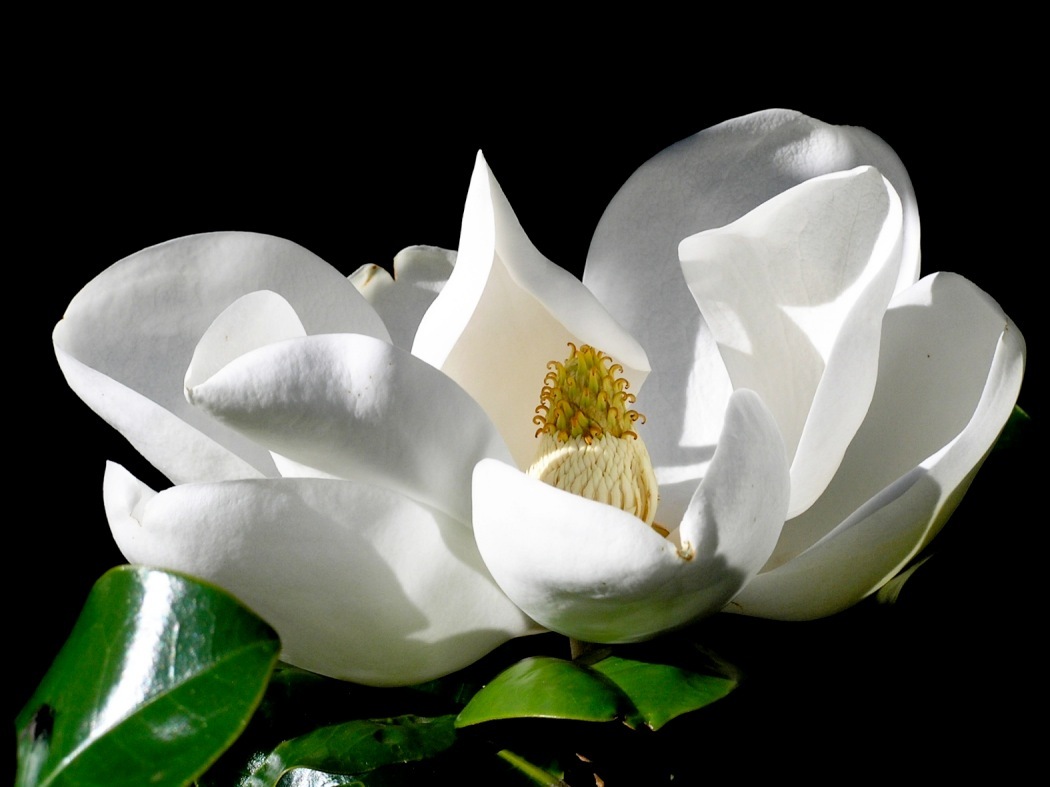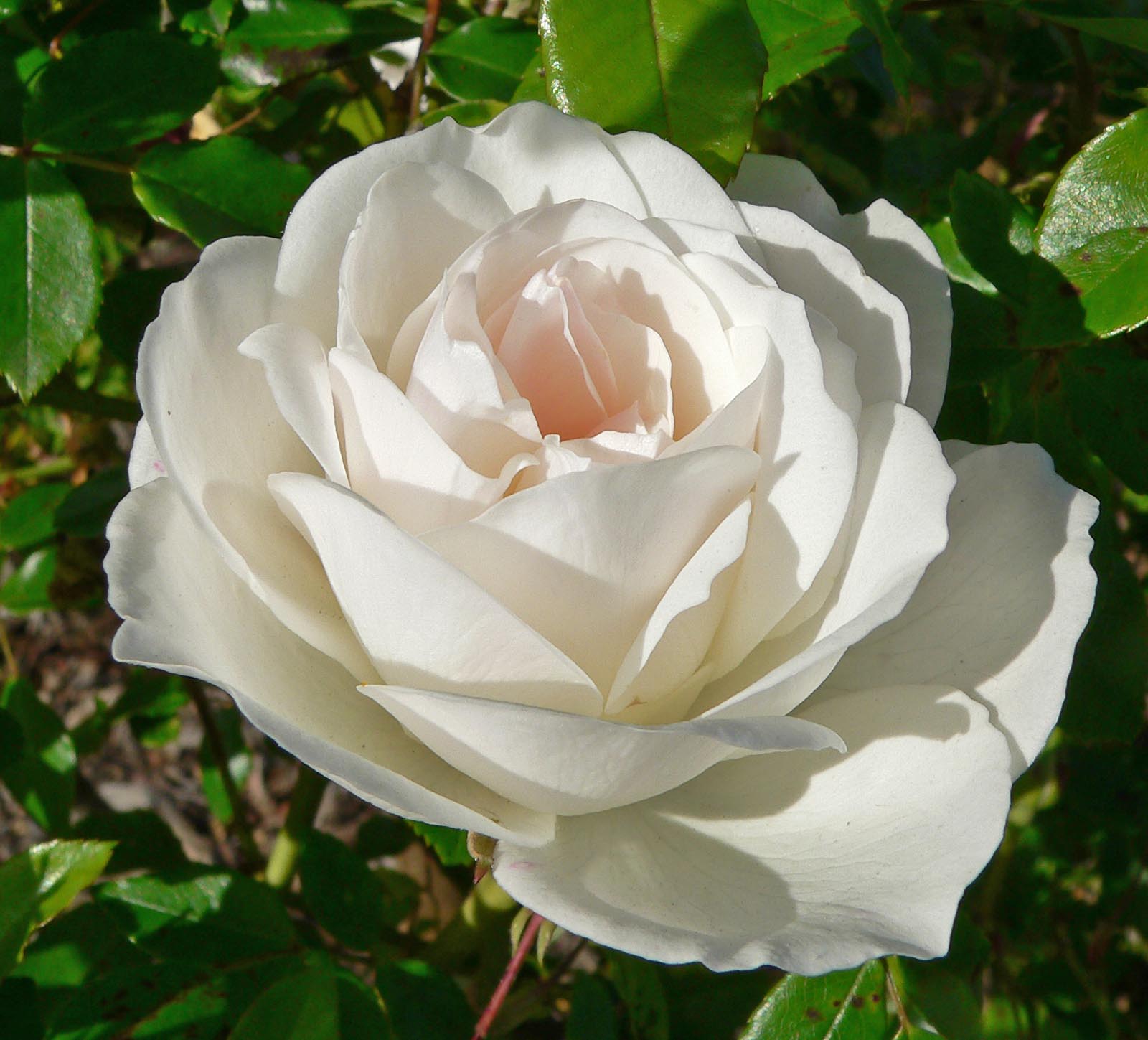It’s spring at last and flowers are starting to blossom. They are lining our streets and filling our parks: cherry blossoms (Japan’s favourite), daisies, roses,… We love Spring and we love flowers. However, few people actually know the names of the flowers they admire.
The “official” scientific name: an introduction to Botanical nomenclature
As you may have guessed, Botanical Nomenclature refers to naming, and more specifically to the naming of plants. People have always named plants, obviously; but botanical nomenclature was truly established during the 18th century. At that time, Swedish botanist Linnaeus popularized the use of binomial names for plants. It meant that every plant name was to be made of at least 2 words.
Around the same time, it was decided that plant names would be formed like Latin words. First and foremost because it was already the case most of the time; but also because botanists needed to agree on a language everyone could understand and Latin, then spoken by most educated people, was the common language amongst Europeans.
So how does this naming thing work?

As said above the main imperative is that the names must be in Latin. The second important thing is that suffixes must be chosen according to the ranks.
| Rank | Ending | Examples |
| Division (Phylum) | -phyta | Pinophyta, Magnoliophyta |
| Class | -opsida | Pinopsida, Liliopsida, Magnoliopsida |
| Order | -ales | Pinales, Liliales, Magnoliales |
| Family | -aceae | Pinaceae, Liliaceae, Magnoliaceae |
| Tribe | -eae | Pineae, Lilieae, Magnolieae |
| Genus | A noun | Pinus, Lilium, Magnolia |
| Species | Depends | Pinus flexilis,Lilium grandiflorum, Magnolia grandiflora |
| Variety | Depends | Pinus flexilis var. humilus |
| Form | Depends |
It is commonly accepted that Family names must be formed by combining a generic name with the suffix –aceae, though there are exceptions to this rule. In most cases, the first word represents the larger group to which the plant belongs, ie. the genus, while the second word refers to the species and is often descriptive of some dominant aspect of the plant such as “grandiflora” which means “large flowered” or “parvifolia” meaning “with small leaves”.
Okay, but we call a dandelion “Dandelion”, not Taraxacum officinale…

Indeed, we seldom use the Latin names and often prefer the common names or vernacular names. Often these vernacular names respond to the need for a name in a familiar language.
Sometimes, the common name is the same as the scientific name, or at least partly the same. For example, we know the Magnoliaceae family under the name Magnolia. Same goes for Begonia, Iris, Crocus, Geranium,…
Other times the name is not in any way related to the botanical nomenclature. The down side of these vernacular names is that they can be rather obscure: the link between the names Forget-me-not, Myosotis and Mouse’s Ear isn’t at all obvious even though these 3 names refer to the same plant. To add to the problem, plants often have more than one common name: common chicory is also known as blue daisy, blue dandelion, blue sailors, blue weed, bunk, coffeeweed, cornflower, hendibeh, horseweed, ragged sailors, succor, wild bachelor’s buttons and wild endive.
All in all, vernacular names are used locally for they are the name of the plant in the local language: “daisy” in English, “marguerite” in French,… On the other hand, scientific names are used universally.
So, if I want to name a flower …

As you know by now, there are a lot of rules. For botanists, the International Code of Nomenclature for Cultivated Plants (ICNCP) is the equivalent of the Intellectual Property Office for brands.
Though the scientific naming of plants is strictly regulated, there are no such rules regarding the vernacular names. When you discover or create a new species, you are usually free to give it whatever vernacular name you want. It is not uncommon to see a company create a new plant and chose multiple common names depending on which country it is sold in. As an example, the German rose breeder Reimer Kordes registered a white rose in 1958 as the cultivar ‘Korbin’. This is sold in the United Kingdom under the selling name “Iceberg“, in France as “Fée des Neiges” and in Germany as “Schneewittchen”.
However, one is to be careful when naming a plant for Flower Nurseries recently took to copyrighting, trademarking and patenting plants.
If you still really want to name a plant but don’t know how to discover or create one, some companies now give you the opportunity to name a previously un-named flower after a loved one or yourself.
Really, what’s in a name? That which we call a rose by any other name would smell as sweet…